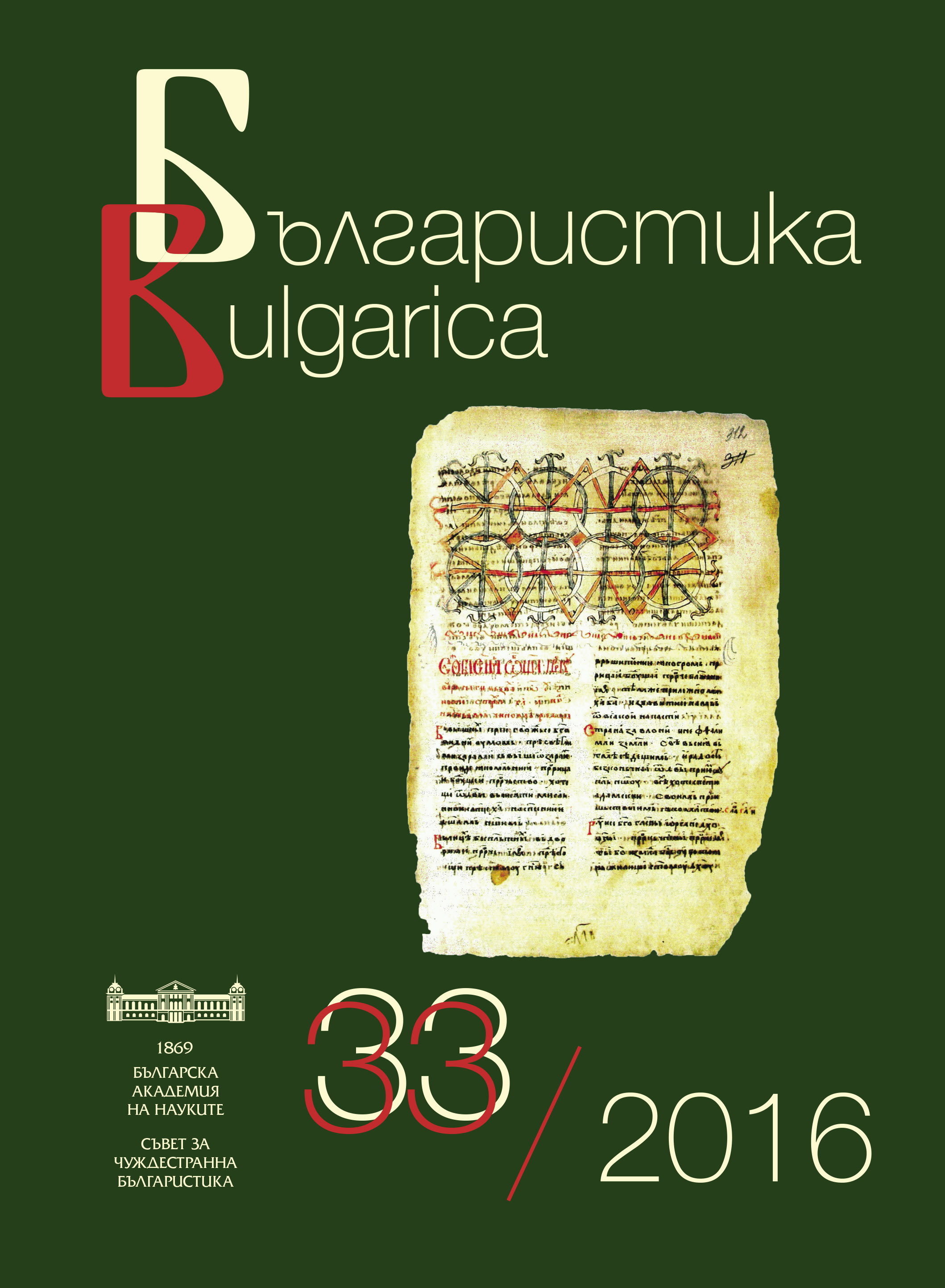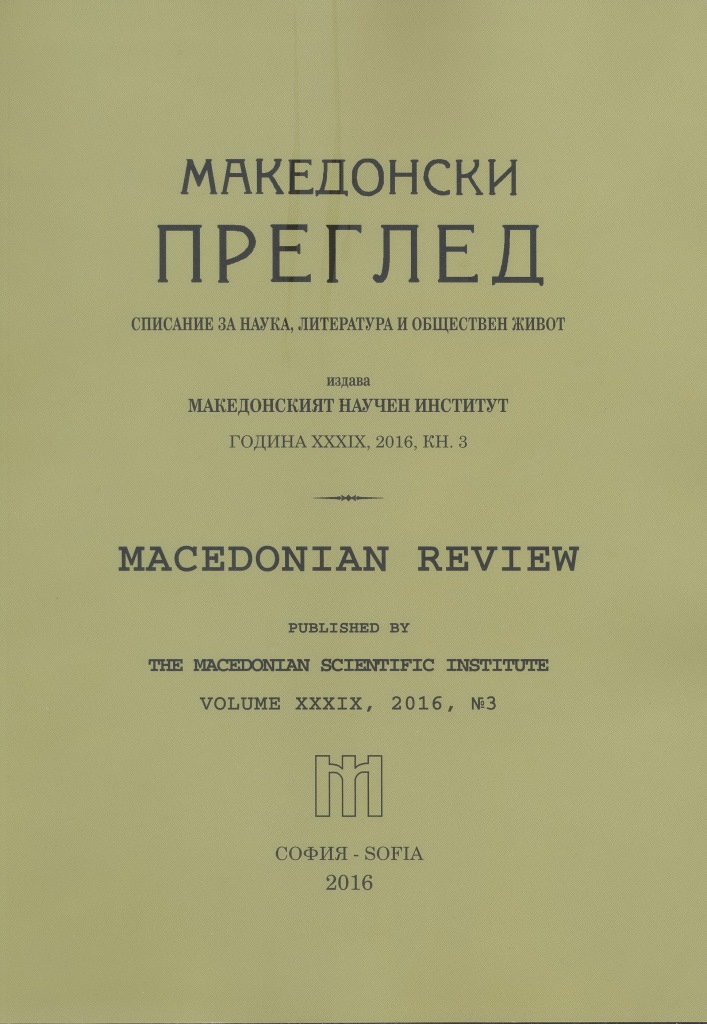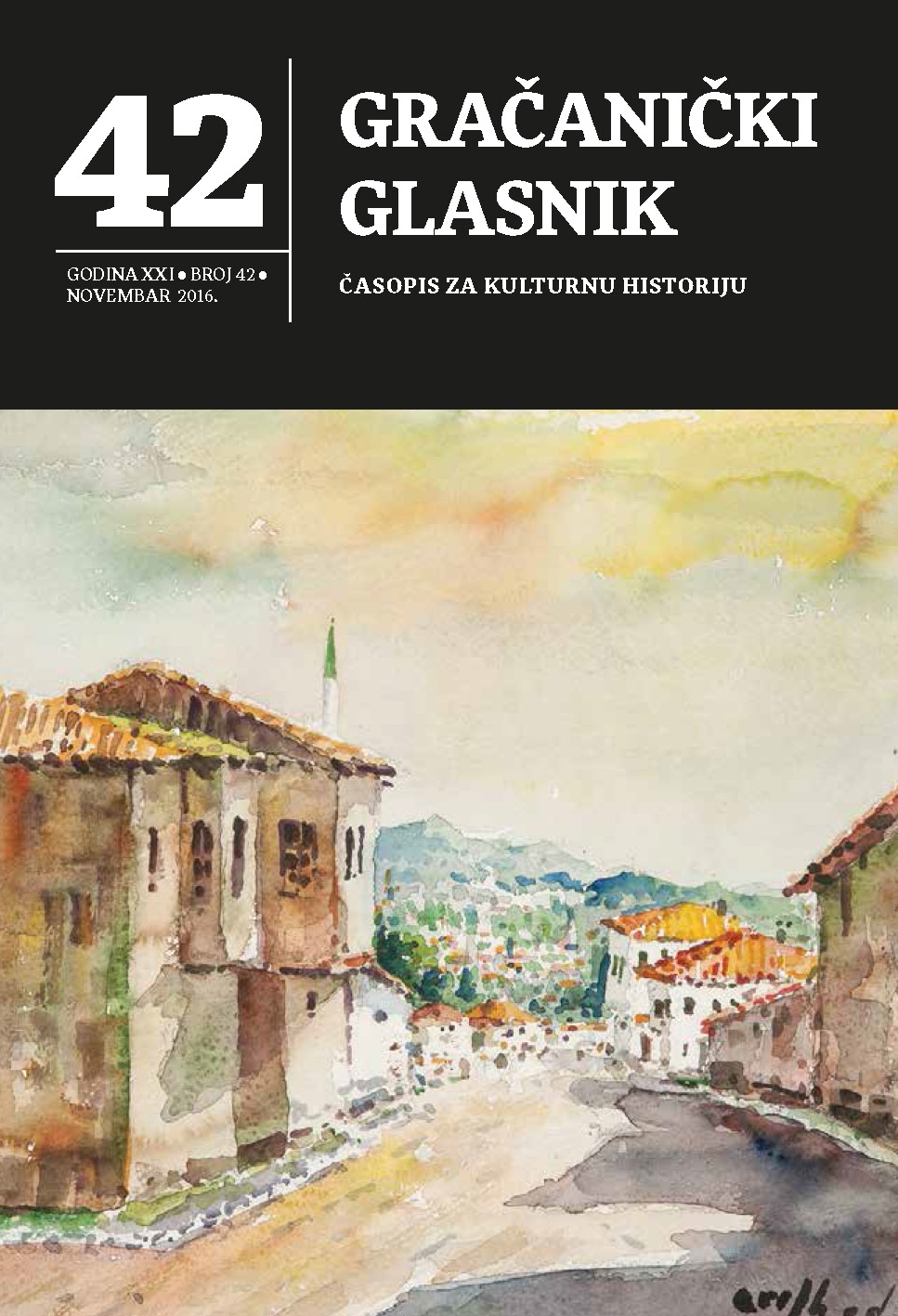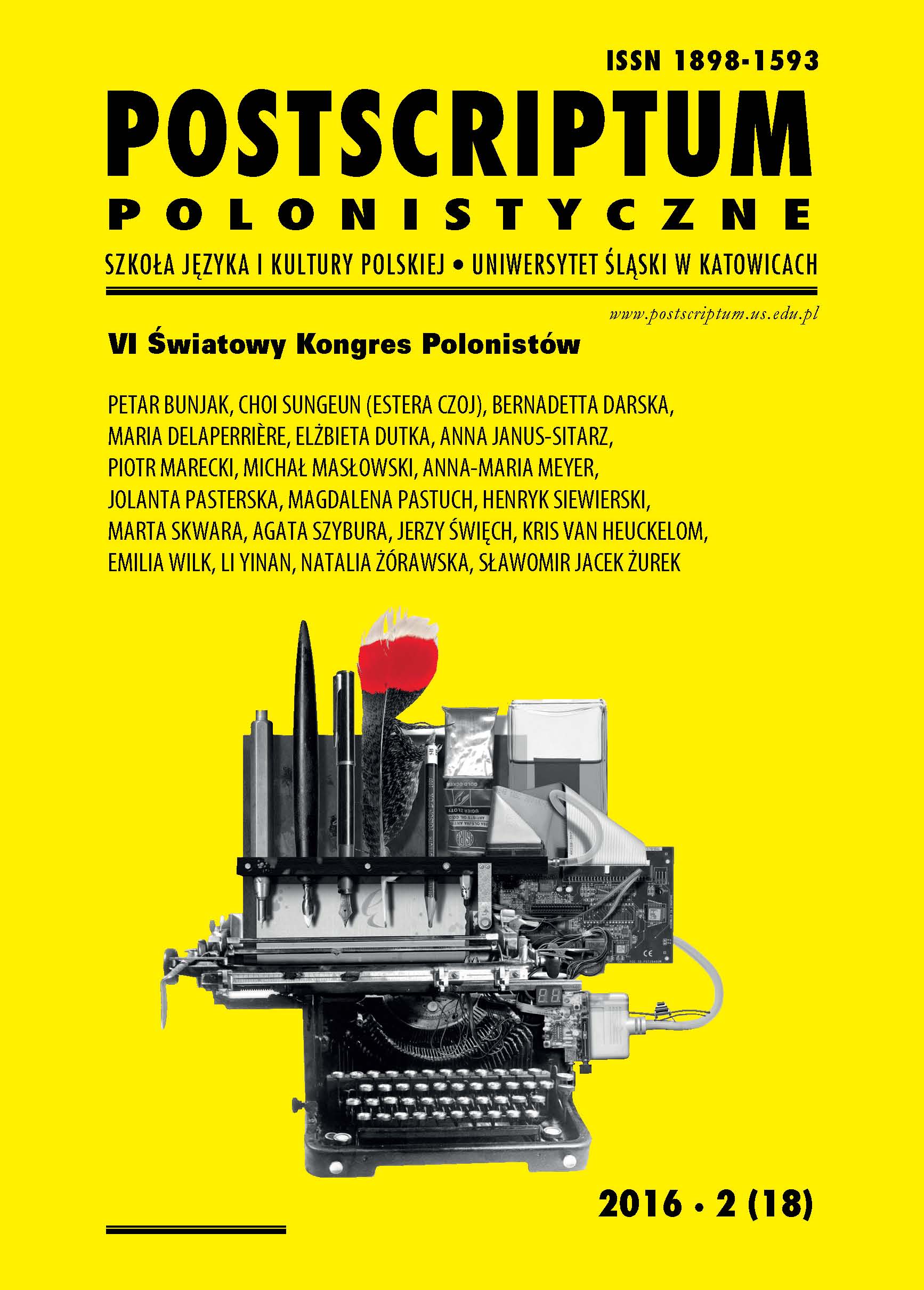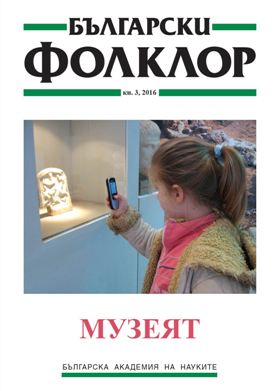Author(s): Svetlozar Eldarov / Language(s): Bulgarian
Issue: 3/2016
The article presents, albeit in larger strokes, the place of Macedonia and the Macedonian question in the Croatian historical science and partly in the minds of Croatian society from the mid-nineteenth century to the present day, while also draws attention to some modern aspects. For Croatian historians, philologists and ethnographers, as indeed for all Croatians from the mid-nineteenth century to the Balkan War, there is no doubt that the Macedonian Slavs are Bulgarians and that Macedonia is an integral part of Bulgarian history and culture. This is the authoritative opinion of Bishop Josip Juraj Strossmayer, Franjo Racki, Vatroslav Jagić and many other religious, political, cultural and scientific figures in Banovina of Croatia, Dalmatia and Istria. In 1912-1918, however, the Serbian propaganda, and in the era between the two world wars Serbian nationalism in the Serbo-Croat-Slovene Kingdom (after 1929 – Kingdom of Yugoslavia) worked hard to manipulate Croatian society and to break the will of the Croatian scientists humanitarians to seek and uphold the objective historical truth, but generally fail to achieve this. Quite a different situation arises after the Second World War, when the written and unwritten laws of “brotherhood and unityˮ in Tito's Yugoslavia, the problems of Macedonia and the Macedonian question were granted in full and undisputed possession of historiographical school in Skopje and scientists from other federative republics had no right to deal with them. After the collapse of Yugoslavia and the restoration of state independence of Croatia in 1991, Croatian historiography regained its appearance of objective science, but especially on the Macedonian issue, it seems, it was unable to return to its roots. The new Croatian encyclopaedia, which publishing started in 2000, interprets these matters entirely in the spirit of the official historiography of the Republic of Macedonia. In the few publications that are dedicated to Macedonia and the Macedonian question, the spirit of political correctness and relativism prevails over evidence and objective scientific analysis. However, interest and sympathy among Croats to Bulgaria remain stable and enduring.
More...

